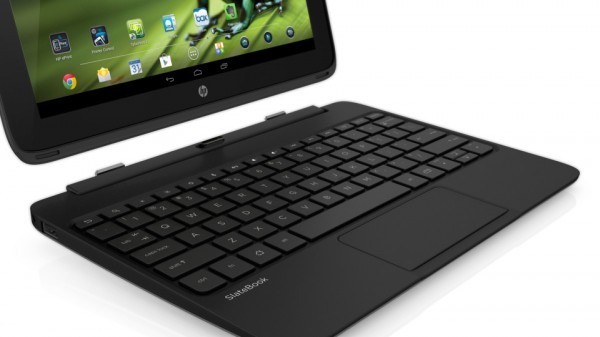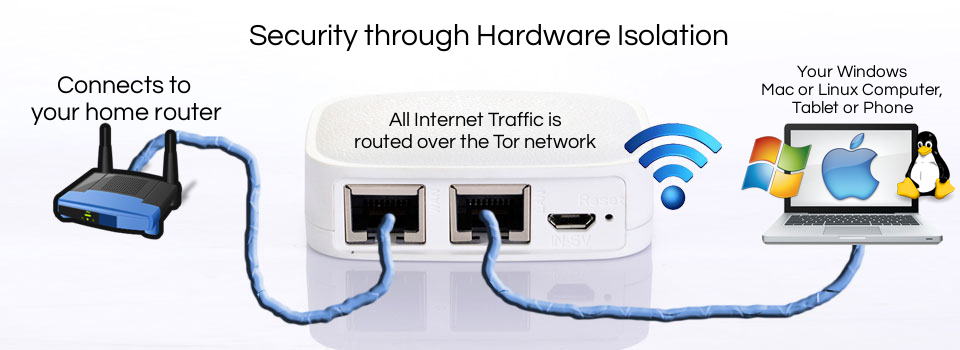The Tegra 4-powered SlateBook x2 running Android Jelly Bean (4.2.2) is the latest split-personality portable computer from HP.
Detailed hardware specs have not be made available, but we do know that if will have an IPS panel with a screen resolution of 1920×1200, USB and HDMI ports. That’s about all we know about the hardware, but I’m sure it will come with other standards, like WiFi, Bluetooth, camera (hopefully, front and rear), etc.
The beauty of these new HP hybrids, is they come with dual battery, one in the detachable tablet portion, and another in the base. The HP Split x2, a similar device powered by an Intel Core i3, also has dual storage capability – an SSD in the tablet portion, and room for a standard laptop HDD in the base, so I expect the SlateBook x2 to have the same storage options. That will make for fun hardware configuration.

I don’t have an Android device and I’m not in a hurry to get one (my HP TouchPad is still kicking), but the Tegra 4 is a quad core ARM Cortex-A15 processor with a maximum clock speed of 1.9 GHz, powerful GeForce graphics, and 4 GB RAM, so my interest here is to check out the possibility of loading my favorite desktop distribution on it. And if it passes the desktop distro test, the dual-storage option will make dual-booting more fun and easier.

Google’s ChromeBook Pixel looks good and cool and is seems to have more fancy hardware features, but it has an Apple-high price tag. The Slatebook x2 on the other hand, when it’s starts shipping in August, will start at US$480.00. Dual-storage models will probably carry a higher price tag. More about it SlateBook x2 here.








What is the price of this tablet?
The sad aspect of this potentially new approach and product from HP, is that if the SlateBookX2 mobile device is even reasonably successful in sales, particularly as against the Microsoft Surface tablets, HP will assuredly abandon the product at the behest or strong demand, however you like to phrase it, from Microsoft.
HP’s record in this type behavior is legendany and disturbing.
Well, considering that Microsoft makes more money from Android than from Windows Mobile, I don’t think Balmer will want to kill the goose that’s bringing in the $$.
If I can get Linux on it with full hardware support (or near enough) including accelerated graphics, then this would be exactly what I’ve been looking for. I’d love to be able to dual boot Android and Linux, or perhaps better yet, run an Android environment on top of Linux (without needing another virtual machine underneath the Dalvik one). I can dream anyway.
If this ends up not being possible, then some new Bay Trail based hardware or one of the recently announced AMD SoCs might be in my future. At least these x86 based designs are bound to have good Linux hardware support. My AMD C60 based netbook is not terrible, but I’m hoping for a better power/battery usage ratio in the future.
Yeah, that’s what I’m looking forward to too.
Quite a Magic Trick from HP I see. They’ve figured out how to make the Display defy gravity it seems. =p
Finally, some interesting hardware from HP.
Seems like ages since they did anything remotely inspiring.
I was disappointed when they abandoned WebOS, but this is a good thing. It would have been better if they had stuck with WebOS and build hardware like this for it.